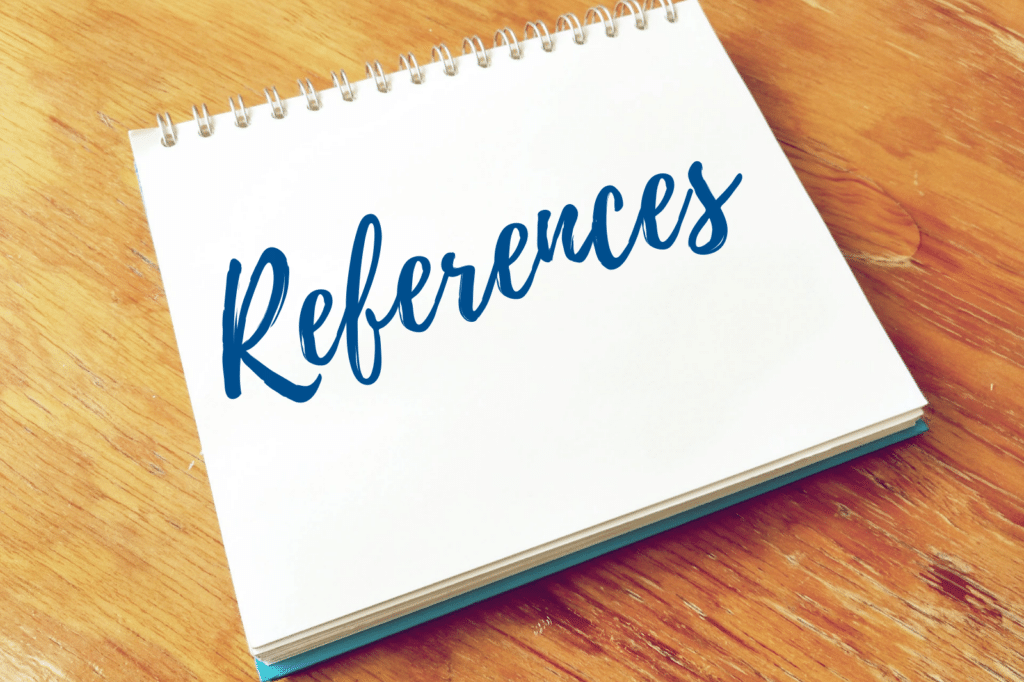If you are one of the many employed job seekers looking for greener pastures, it’s time to formulate a list of references. Your list must comprise of professional references that can eloquently speak to your credentials and qualifications for the job. It’s crucial to have this document prepared, so you don’t have to scramble to gather your contacts when a hiring manager requests them. If you are getting ready to create or review your professional references, here is why hiring managers ask for them and some tips on how to format them correctly.
Why do employers request professional references?
A hiring manager will ask you to provide a list of references at some point in the job application process. Typically, it’s towards the end of the hiring process, but some companies may ask for your references as you fill out your application. They want to hear from your peers, colleagues, or former managers to gauge how well you can perform the essential job duties. Also, your references serve as a guide to see how well you fit as a team player and co-worker. Your resume can provide insight into your capabilities, but your contacts can shed light on you as an employee.
What to include on your professional reference list
When submitting your professional references, we always recommend having them in a separate document. Listing your references on your resume can be distracting from all of your excellent qualifications and skillsets, and they take up valuable space.
When preparing your list of references, here is what you should include:
- Include your name and contact details at the top of the page
- Have three to four references (or however many the employer specifies)
- Each reference should include their full name, job title, the company’s name and address, and their contact details
- A brief sentence or two on your professional relationship
Professional reference example
Here is an example of how to properly format your professional references:
Jane Doe
Recruiting Manager
ABC Company
Chicago, IL 65432
(123) 456-7891 | jdoe@abccompany.com
Jane was my recruiting supervisor with my previous employer.
Now, all you have to do is repeat this process for your other references, and you will be in good shape!
Always ask for permission
Before you ever submit your list of references, you must ask each of them for permission. Most people would be happy to provide a recommendation for you to move onto another opportunity. However, the last thing you want to do is catch one of your references off guard. Even if they have given their permission in the past, it’s crucial to ask them before submitting again. Giving them a heads up will help each of your references be on the lookout for a phone call or an email to provide a recommendation. Plus, reaching out to each one allows you to double-check that you still have their current contact details to ensure there are no hiccups when your prospective employer begins to reach out to them.
Selecting the right references
Choosing the proper references for the job is just as important as formatting your list. Unfortunately, you cannot submit the same list over and over again. Just like your resume, you must tailor your references for the job at hand. You want to select people that will bolster your candidacy by elaborating on your skill sets, relevant projects, and qualifications. You never want to choose a colleague or former boss that cannot attest to your skills that are relevant to this job opportunity.
Need more job search advice?
So, here are a few easy tips to effectively format your professional references. If you are looking for more job search or interviewing advice, look at our candidate resources! We have an extensive collection of valuable tips, tricks, and guides to help you successfully navigate through your job search. Good luck, and happy hunting!




